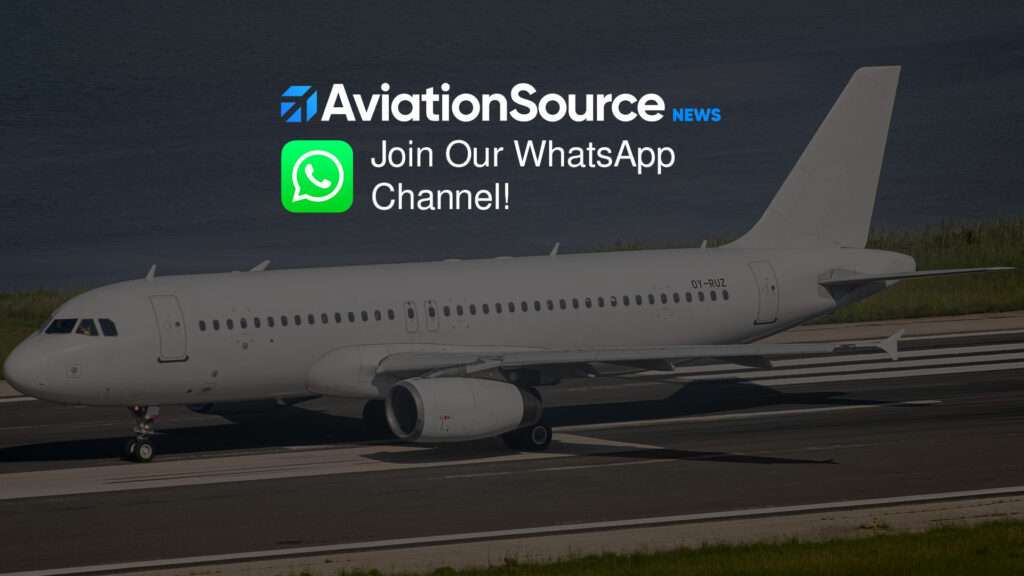How Airlines Battle Increasing Threats

Cybersecurity is soaring high. But one thing to ask is how airlines are battling the increasing threat of cyber attacks. Let’s take a look into this.
Imagine this: you’re comfortably settled in your airplane seat, gazing out the window at the cotton-candy clouds below.
You’re lost in a book, catching up on work emails, or maybe even enjoying some in-flight entertainment.
But beneath the veneer of tranquility, a silent war is being waged – a war fought not with missiles or bombs, but with lines of code and the cunning of cybercriminals.
The Danger to the Aviation Industry…
The aviation industry, once a symbol of cutting-edge technology and human ingenuity, now faces a new and ever-evolving danger: cyber threats.
As the industry embraces advancements like interconnected data networks, advanced aircraft systems, and a growing number of airspace users, new vulnerabilities emerge.
Furthermore, these vulnerabilities are like cracks in a fortress wall, just waiting to be exploited by malicious actors.
The statistics paint a sobering picture. According to Eurocontrol‘s EATM-CERT (European Air Traffic Management Computer Emergency Response Team), there was a staggering 530% year- on-year rise in reported cyber incidents across the aviation industry from 2019 to 2020.
Even more alarming is the fact that airlines were targeted in a whopping 61% of all aviation cyberattacks in 2020.
Furthermore, these figures underscore the urgency of the situation.
The very foundation of air travel – safety and security – is at stake.
A successful cyberattack could disrupt crucial air traffic management systems, compromise sensitive passenger information, or even potentially manipulate flight controls.
The consequences of such an attack could be catastrophic.
How Does The Sector Fight Back?
So, how are airlines fighting back against this invisible enemy?
Moreover, the answer lies in a multi-pronged approach, a digital shield against the ever-evolving arsenal of cybercrime.
- AI on the Frontlines: Advanced threat detection and response systems are emerging as a critical line of defense. These systems employ artificial intelligence and machine learning algorithms to analyze network activity in real-time, identifying and mitigating cyberattacks before they can inflict damage. Imagine these systems as vigilant sentries, scanning the digital landscape for any suspicious activity.
- Fort Knox for Data: Sensitive passenger information like passport details and credit card numbers are a goldmine for cybercriminals. To protect this valuable data, airlines are deploying robust data encryption protocols. Think of these protocols as a digital vault, scrambling information into an unreadable mess for anyone without the decryption key.
- Empowering the Human Firewall: Technology is only one piece of the puzzle. Educating airline staff on recognizing and preventing cyber threats is equally important. Comprehensive training programs equip employees with the knowledge and skills to identify suspicious emails, phishing attempts, and other social engineering tactics used by cybercriminals. These trained personnel are the human firewall, the first line of defense against human error and social engineering attacks.
Collaboration is Key
Furthermore, no airline is an island in the fight against cyber threats.
Collaboration and information sharing are critical for staying ahead of the curve.
Airlines are partnering with cybersecurity experts to gain access to cutting-edge technologies and threat intelligence.
These partnerships are akin to a network of watchtowers, offering a broader view of the digital landscape and allowing for a faster response to emerging threats.
Furthermore, international cooperation via organizations like the International Civil Aviation Organization (ICAO) is crucial.
Imagine a global defense network, with countries working together to establish standardized cybersecurity practices and regulations.
This coordinated effort ensures that vulnerabilities aren’t exploited across borders and creates a more secure aviation environment for everyone.
The Future of Flight Security
The fight against cyber threats is a never-ending battle.
As technology evolves, so too will the tactics of cybercriminals.
Airlines must remain vigilant against emerging threats like ransomware attacks, state-sponsored intrusions, and the exploitation of vulnerabilities for financial gain.
Moreover, continuous improvement in cybersecurity measures is paramount.
This includes exploring innovative technologies like blockchain, which offers a tamper-proof method of data storage and sharing.
Additionally, fostering public-private partnerships between airlines, technology companies, and governments is crucial for developing and deploying the most effective cybersecurity solutions.
A Secure Tomorrow
By prioritizing cybersecurity, airlines can ensure the safety and security of passengers and operations in an increasingly digital world.
This proactive approach is not just about protecting against threats; it’s about safeguarding the future of the aviation industry.
After all, who wouldn’t want to look out the window of a plane and know, without a doubt, that their journey is safe, secure, and protected from the unseen dangers lurking in the digital sky?
Guest article submitted to AviationSource by Captain Fahad ibne Masood, MRAeS.

Click the banner to subscribe to our weekly newsleter.

Click the photo to join our WhatsApp channel so then you can stay up to date with everything going on in the aviation industry!



